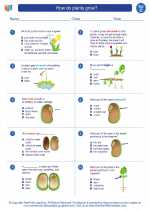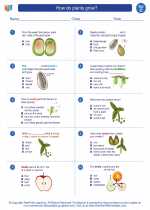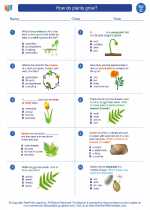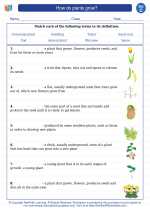Continuity in Mathematics
Continuity is a fundamental concept in mathematics, particularly in the field of calculus. It refers to the smooth and unbroken nature of a function or a curve over a certain interval. A function is said to be continuous if it can be drawn without lifting the pen from the paper.
Characteristics of Continuous Functions
- There are no breaks, jumps, or holes in the graph of a continuous function.
- The limit of the function as it approaches a particular value is equal to the value of the function at that point.
- Formally, a function f(x) is continuous at a point c if the following three conditions are met:
- f(c) is defined (i.e., the function value at c exists).
- The limit of f(x) as x approaches c exists.
- The limit of f(x) as x approaches c is equal to f(c).
Types of Discontinuities
Not all functions are continuous. There are different types of discontinuities, which include:
- Removable Discontinuity: A hole or gap in the graph that can be "filled in" to make the function continuous at that point.
- Jump Discontinuity: There is a sudden jump from one value to another at a certain point.
- Infinite Discontinuity: The function approaches positive or negative infinity at a certain point.
Study Guide for Continuity
When studying continuity, it is important to focus on the following key areas:
- Understanding the concept of continuity and what it means for a function to be continuous.
- Identifying and classifying different types of discontinuities.
- Practicing the use of limit notation in determining continuity at a given point.
- Exploring real-world applications of continuous functions, such as in physics, engineering, and economics.
- Working on problems and examples that involve testing for continuity and identifying points of discontinuity.
By mastering the concept of continuity, you will build a strong foundation for more advanced mathematical topics, particularly in the study of calculus and its applications.
.◂Science Worksheets and Study Guides Third Grade. How do plants grow?
Study Guide How do plants grow?
How do plants grow?  Activity Lesson
Activity Lesson How Do Plants Grow?
How Do Plants Grow?  Worksheet/Answer key
Worksheet/Answer key How do plants grow?
How do plants grow?  Worksheet/Answer key
Worksheet/Answer key How do plants grow?
How do plants grow?  Worksheet/Answer key
Worksheet/Answer key How do plants grow?
How do plants grow?  Worksheet/Answer key
Worksheet/Answer key How do plants grow?
How do plants grow?  Vocabulary/Answer key
Vocabulary/Answer key How do plants grow?
How do plants grow?  Vocabulary/Answer key
Vocabulary/Answer key How do plants grow?
How do plants grow? 

 Activity Lesson
Activity Lesson
 Worksheet/Answer key
Worksheet/Answer key
 Worksheet/Answer key
Worksheet/Answer key
 Worksheet/Answer key
Worksheet/Answer key
 Worksheet/Answer key
Worksheet/Answer key
 Vocabulary/Answer key
Vocabulary/Answer key
 Vocabulary/Answer key
Vocabulary/Answer key

The resources above cover the following skills:
LIFE SCIENCE (NGSS)
From Molecules to Organisms: Structures and Processes
Students who demonstrate understanding can:
Develop models to describe that organisms have unique and diverse life cycles but all have in common birth, growth, reproduction, and death.